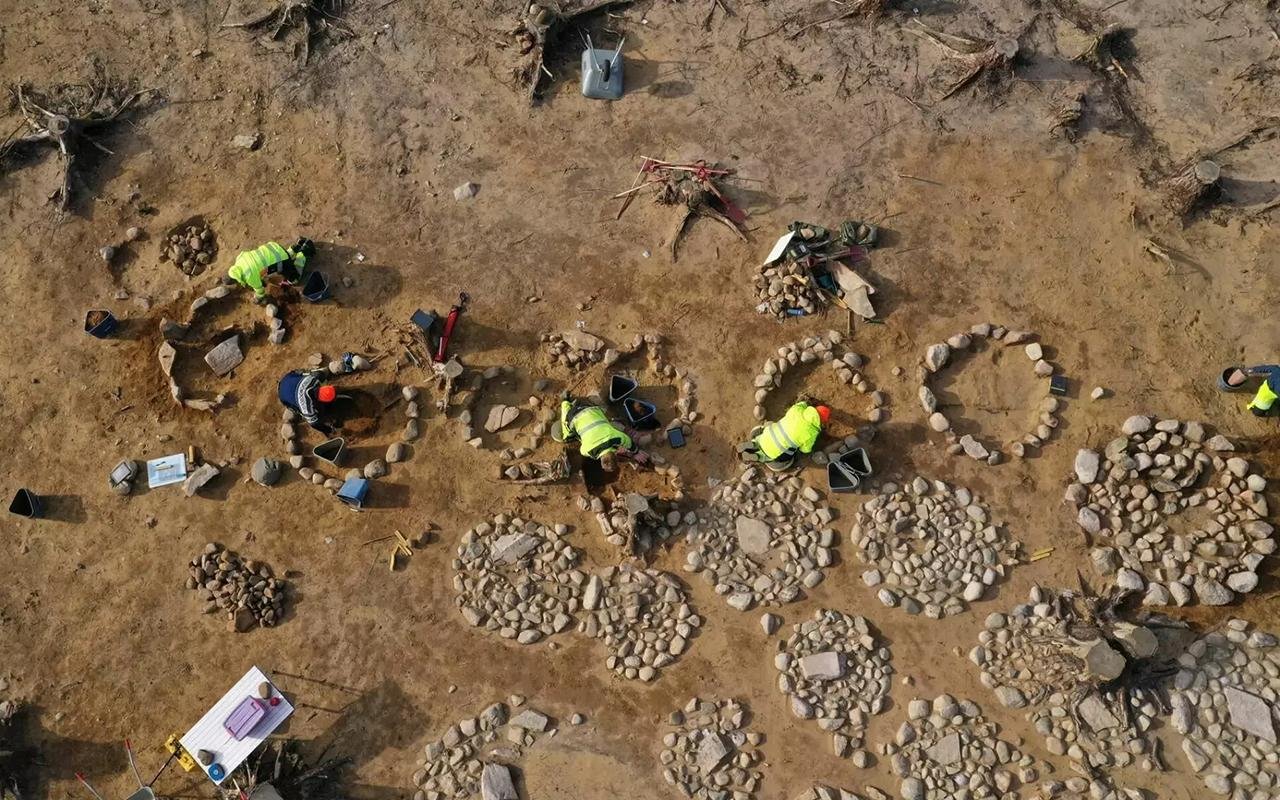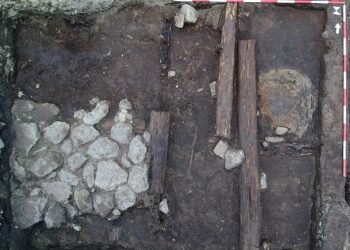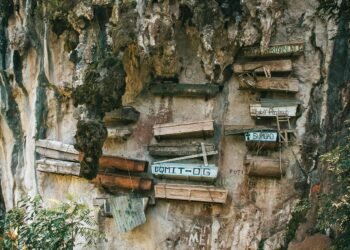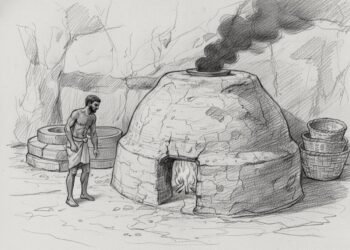Archaeologists from the Museum of Cultural History in Oslo have unearthed a unique burial field in Fredrikstad, southeastern Norway. The site, featuring over 40 circular stone formations, primarily contains the cremated remains of children, dating back more than 2,000 years.

The excavation, led by Guro Fossum, began in December 2023 as part of an investigation into ancient Stone Age settlements. Unexpectedly, the team stumbled upon stone formations that revealed themselves to be burial circles. These circles, located just 2-4 inches (5-10 centimeters) beneath the surface, held cremated human remains, mainly of young children. The stone formations varied from round to oval shapes, each spanning one to two meters in diameter.
“We thought these must be graves,” Fossum said. “When we uncovered one after another, we ended up with 41 round stone formations.”
The bones found in these graves were mostly of children aged between infancy and six years old, with many remains showing signs of cremation. Analysis indicated that the burial site was used between 800 and 400 BCE, spanning the Nordic Bronze Age and the Pre-Roman Iron Age. This prolonged usage suggested that the deaths were not caused by a single epidemic or natural disaster.
“The dating shows that the burial site was used over a long period, so they couldn’t all have died in the same natural disaster or outbreak of disease or epidemic,” Fossum told the Norwegian news service NTB.
The archaeologists also discovered pottery shards, a possible brooch, and various other artifacts within the graves. Notably, the amount of bones recovered from each tomb was minimal, ranging from 0.1 to 240 grams, posing a challenge for osteologists studying the remains. The intricately crafted ceramic pots, which once held the remains, had shattered over time.
“There was something special about the whole site. The graves are very close together. They must have been in an open landscape, with thoroughfares nearby, so everyone would have known about them. Cooking pits and fireplaces around the site suggest that gatherings and ceremonies were held in connection with burials,” Fossum said.
Each stone used in the formations was sourced from different locations and meticulously placed, indicating a high level of care and effort in constructing these graves.
“When the analysis results came in, it made sense: they were small children’s graves. This was done with so much care,” Fossum explained.
The burial field’s discovery has sparked significant interest due to its rarity and emotional implications. According to Håkon Reiersen, an associate professor of archaeology at the University of Stavanger, the site offers a profound connection to the universal human experience of loss and mourning, highlighting that ancient peoples honored their dead in ways that resonate with modern customs.
“This discovery is exceptional for the amount of data it provides about infant funerary practices in ancient Norway. The high infant mortality rate in that historical period probably contributed to the creation of a site dedicated exclusively to children,” Reiersen noted.
Fossum and her team observed that the graves displayed an egalitarian approach, with no significant differences in the treatment of men, women, and children. This uniformity in burial methods, grave goods, and grave markers suggests a society that valued community and equality.
The next phase of research involves analyzing the pottery fragments found at the site to uncover more details about the ancient society’s practices and beliefs. Fossum expressed curiosity about the contents of the vessels, noting that not all of them were used for holding burnt bones.
Despite the wealth of information already gleaned from this site, many questions remain. The reasons behind the specific burial practices, the cultural significance of the stone circles, and the beliefs surrounding death and the afterlife in this ancient community are subjects of ongoing speculation and study.
Sources: Museum of Cultural History | ScienceNorway






















